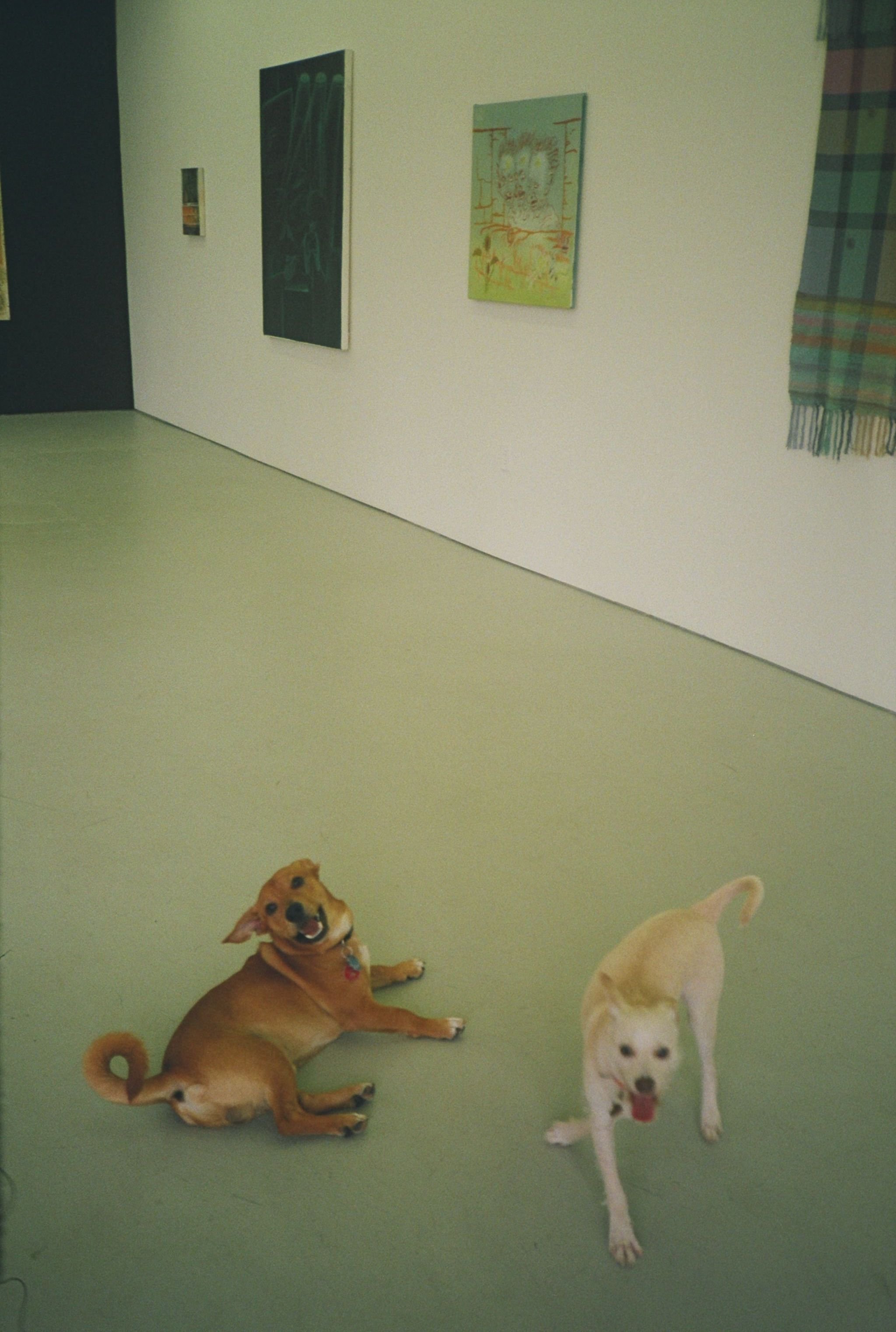I train animals using evidence based, positive reinforcement methods that follow LIMA guidelines and the humane hierarchy. I will never use force or coercion to teach your dog.
What is positive reinforcement and how does it work?
Any behavior an animal does that provides a desirable outcome is more likely to happen again. We provide dogs with things they like (such as treats, praise, and play) in a strategic way that makes the behaviors we like and want to see more of happen more often.
“Marker training” or “clicker training” is a technique used by positive reinforcement trainers. The sound of a clicker (a little handheld device that makes the same click noise every time you press it) or a marker word like “Yes!” or a hand signal or touch for deaf or blind animals, is used to indicate to the learner that reinforcement (like a treat) is on its way. This can allow the trainer to mark the exact moment the animal does something we like and to deliver reinforcement in a precise way for exactly the right behaviors.
In dog training this can look like luring or prompting a dog to do a behavior, or waiting until they do it on their own, marking the behavior, and then providing reinforcement (often by feeding a food treat).
Positive Reinforcement trainers set up the environment ahead of time so that the behaviors they want are more likely to happen and so they can prevent the behaviors they don’t want from ever happening.
For example, while we’re teaching a dog not to jump up for greetings we’ll keep the dog on a leash or behind a gate to prevent the jumping from working to get them what they want and therefore being reinforced.
Everything we teach is broken down into the smallest component steps and we start in the least distracting environments. Think of it as going from Kindergarten all the way through college.
Why positive reinforcement?
Force free training creates trust between human and non-human teachers and learners and helps a dog learn that their behavior has an affect on the world around them. They learn that “good” behavior (by the teacher’s standards) can get them what they want more efficiently and predictably than undesirable behaviors.

